April to June is the peak season for pigeon damage. People don't think anything about the existence of pigeons until they are damaged, but when they are actually damaged, they become very annoying.
Common pigeon damage
Most of the harm that pigeons do to humans is droppings and vocalizing. If it is still mild, you won't feel any serious damage, but if it becomes serious, you may suffer not only mental damage but also economic and physical damage.
pigeons poop a lot
Pigeons are very voracious eaters, eating about 10% of their body weight in food each day. For a person weighing 60 kilograms, this is equivalent to eating about 6 kilograms every day. It is said that the average human meal is about 800 grams to 1 kilogram, which is equivalent to eating 5 to 6 times a day.
The more you eat, the more you expel. Pigeons produce more droppings than other birds, and they have a habit of staying in their favorite places for a long time. In addition, pigeons themselves have a habit of feeling relieved when their own droppings are around. Therefore, it is not uncommon for a large amount of feces and fallen feathers to accumulate in a certain place.
Also, pigeons have a strong habit of sticking to places they like. If you try to get rid of the pigeons while cleaning up the droppings, they will move around with very smelly droppings but will not leave the area.
In the video below, you can see how pigeons clinging to the outdoor unit on the veranda walk around while scattering feces, but do not easily escape. Even if I manage to drive them off the balcony, the pigeons are still watching me from afar, and I can even see them waiting for an opportunity to return to the balcony without giving up.
disease transmitted by pigeon droppings
There is a saying "rats with wings". That's what Woody Allen said to a wild pigeon in the 1980 American movie Stardust Memories.
The reason for this name is due to pathogens carried by pigeons. In many cases, infection occurs as a result of pigeon droppings that contain pathogens and become dry and particulate, and are inhaled by the human body or adhere to wounds and mucous membranes.
Wild birds and animals carry a variety of pathogenic bacteria, but pigeons in particular have a high risk of transmitting diseases because they produce large amounts of feces, flock, and live near human living areas. Humans can also be harmed by pigeon mites and blood-sucking insects.
It is rare for humans to suffer serious health damage from pathogens and parasites carried by pigeons, but people with weak immune systems are more susceptible, so caution is required.
Feces corrode metal and concrete
Humans excrete ammonia in the body as urea, but birds excrete it together with feces as poorly water-soluble uric acid. Because the feces are difficult to dissolve in water, they tend to remain stuck even in the rain and wind.
In 2007, a bridge collapse accident occurred in Minneapolis, Minnesota, USA, and there is a theory that pigeon droppings accumulated on the bridge girder corroded the steel frame. The longer it stays on, the more likely it is to deteriorate, which can lead to accidents and a decline in asset value, so it is important to deal with it before it becomes serious.
Noise caused by the winging and singing of pigeons
When pigeons are near human habitation areas, you may hear "ho, ho, boo, boo, poppo" calls. This is the call that the male uses to call the female during the breeding season, or to claim territory.
If you can only hear it once in a while, you won't be bothered by it, but if you live in a house or office, it will be a noise beyond the range of harshness. It can be quite stressful if you hear the sudden buzzing of wings in a quiet place nearby, or if you hear the energetic chirping early in the morning.
Reasons why pigeon damage occurs
The peak of pigeon damage is from May to June. Approximately 80% of the affected areas are private homes, and fecal damage on balconies and roofs accounts for a large proportion. To avoid predators, pigeons have a habit of building their nests in high places such as crevices of cliffs.
Verandas and roofs are similar environments in urban areas. In particular, the outdoor units on the balconies of vacant houses and under the solar panels installed on the roof are places where humans, crows, and cats are less likely to come.
In addition, in urban areas, humans sometimes feed pigeons, so the nutritional status is good, and an environment where pigeons can easily breed near human living areas is in place.
If you are damaged by pigeons
A characteristic of pigeon damage is that if the damage is left untreated, it becomes more and more serious. It is necessary to take countermeasures while the damage is minor, such as cleaning up any droppings found, physically protecting places that pigeons like, and using repellents to keep them out.
Even if they have a strong attachment due to their homing instinct, they will give up and move to another place after two weeks to a month if they take proper measures. If you move to another place, the pigeon will not come because the homing instinct to the new place will work.

 箱罠
箱罠
 くくり罠
くくり罠
 パーツ類
パーツ類
 電気柵
電気柵
 自作キット
自作キット
 防獣グッズ
防獣グッズ
 監視カメラ
監視カメラ

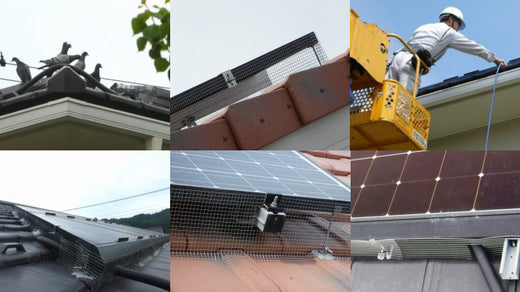

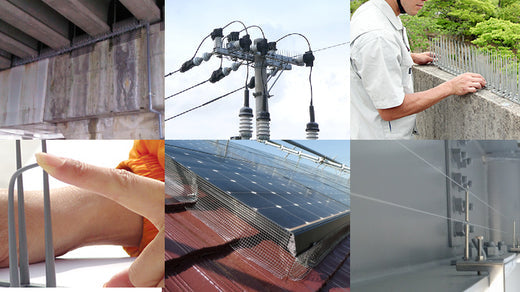
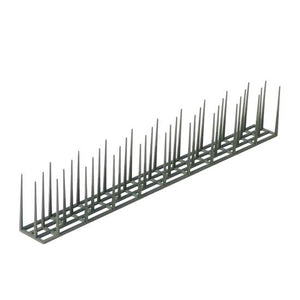

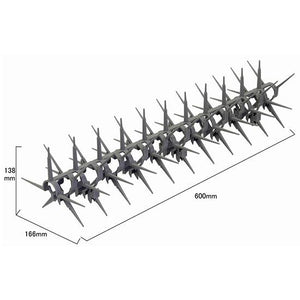



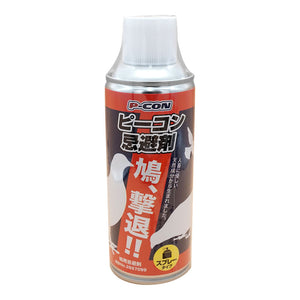

 box trap
box trap
 tying trap
tying trap
 enclosure trap
enclosure trap
 Prevention and avoidance goods
Prevention and avoidance goods
 electric fence
electric fence
 trap surveillance camera
trap surveillance camera
 transportation goods
transportation goods
 Trap detection sensor
Trap detection sensor
 hunting supplies
hunting supplies
 hunting books
hunting books
 Anti-bird goods
Anti-bird goods
 Agricultural materials/machinery
Agricultural materials/machinery
 boar
boar
 deer
deer
 Kyon
Kyon
 monkey
monkey
 raccoon
raccoon
 Badger
Badger
 palm civet
palm civet
 raccoon dog
raccoon dog
 nutria
nutria
 mouse or rat
mouse or rat
 Mole
Mole
 bear
bear
 pigeon
pigeon
 Crow
Crow







